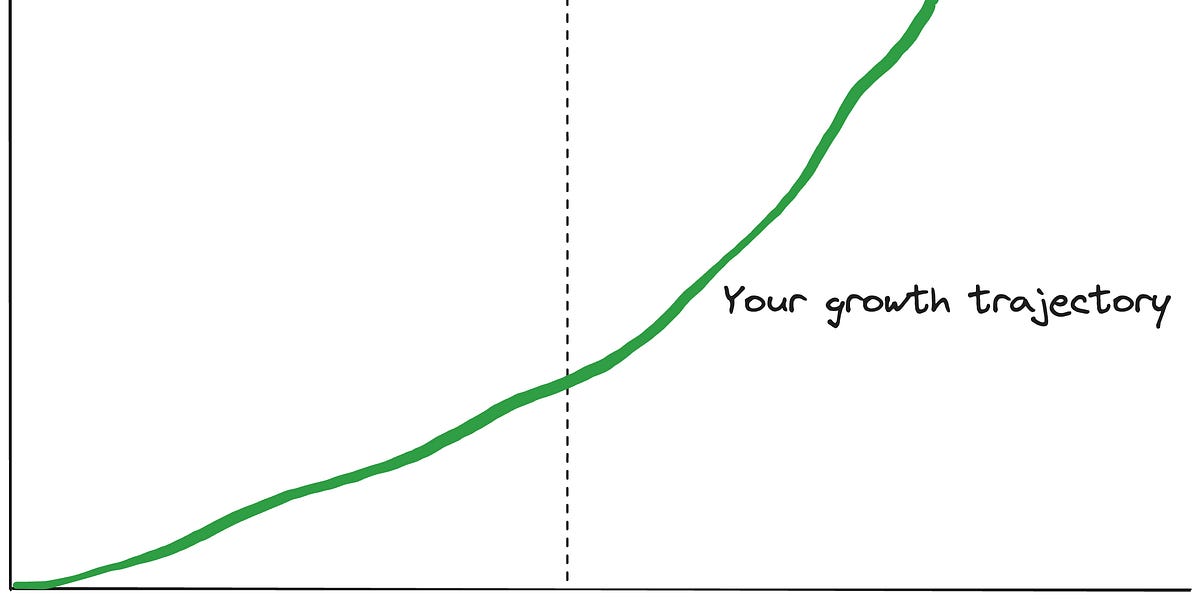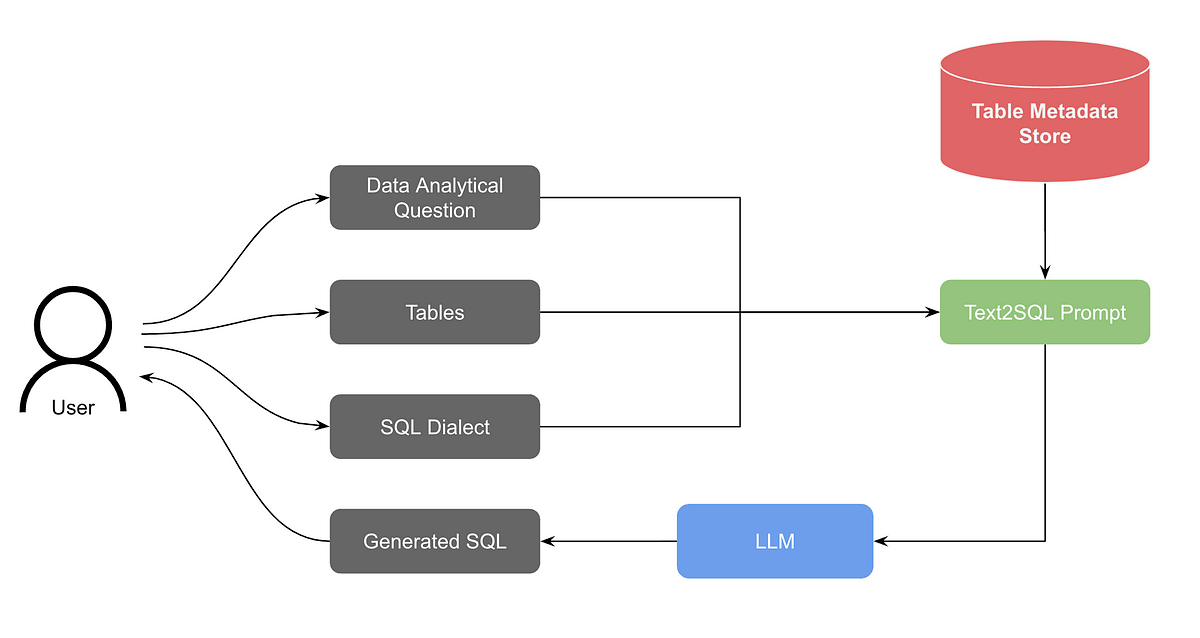How Shopify scaled their Database
How Shopify scaled their Database with Vitess. Plus, a guide to mentorship for software engineers, a dive into database fundamentals and more.
Hey Everyone!
Today we’ll be talking about
How Shopify Scaled MySQL
Shopify released the Shop app and quickly began to experience exponential growth. An issue they faced was scaling MySQL.
After evaluating several solutions, they went with Vitess, an open source sharding solution developed at YouTube.
We’ll introduce Vitess and talk about how it works. Then, we’ll talk about the process Shopify went through in order to integrate it.
Tech Snippets
Guide to Mentorship For Software Engineers
3Blue1Brown’s course on Deep Learning and Transformers
Debunking Devin: “First AI Software Engineer“ Lie Exposed
A Dive into Database Fundamentals
How leaders can help their staff grow
How Pinterest built a Text-to-SQL tool
How Shopify Scaled MySQL
Shopify is an e-commerce platform that helps merchants create online stores to easily sell their products. Close to 5 million stores use Shopify and they account for over $450 billion in total e-commerce sales.
In April of 2020, Shopify unveiled the Shop app. This is a mobile app that allows customers to browse and purchase products from various Shopify merchants.
Since launch, the Shop app has performed incredibly well with millions of users purchasing products through the platform.
The company has been experiencing exponential growth in usage so they’ve had to deal with quite a few scaling pains. Shopify uses Ruby on Rails and MySQL, so one of their main issues was scaling MySQL to deal with the surge in users.
At first, they employed federation as their scaling strategy. Eventually, they started facing problems with that approach, so they pivoted to Vitess. They wrote a fantastic article talking about how they did this.
In this article, we'll talk about federation, the issues Shopify faced, why they chose Vitess, and their process of switching over.
We’ll cover a ton of concepts on database sharding in this article, so be sure to check out the Anki Spaced-Repetition flash cards to remember them.
We have an Anki deck with hundreds of flash cards covering all the past concepts we’ve discussed in Quastor articles (load balancers, caching, vertical vs. horizontal partitioning, Redis and much more).
Federation
Shopify's first strategy to scale MySQL was federation. This is where they took the primary database and broke it up into smaller MySQL databases.
They identified groups of large tables in the primary database that could exist separately - these table groups were independent from each other and didn’t have many queries that required joins between them.
Shopify moved these groups of tables onto different MySQL databases.
Ruby on Rails makes it easy to work with multiple databases and Shopify developed Ghostferry to help with the database migrations.
However, Shopify eventually ran into pains with the federated approach. Some of the issues were
Couldn’t Further Split the Primary Database - Even with the splitting, the primary database eventually grew to terabytes in size. However, Shopify engineers could no longer identify independent table groups that they could split up. Splitting up the tables further would result in cross-database transactions and create too much complexity to the application layer.
Long Schema Migrations - running schema migrations meant changing table structure on all the smaller, independent MySQL databases. This became a time-consuming and tedious process.
Interrupted Background Jobs - running the background job to split the database tables onto smaller independent databases became time-consuming as well. These jobs were frequently getting throttled because the primary database was too busy with user queries.
Instead, Shopify decided to overhaul their approach to scaling. After exploring a bunch of different options, they found that Vitess was their best bet.
Introduction to Vitess
Vitess is an open source sharding solution for MySQL developed in 2010 at YouTube. It was donated to the Cloud Native Computing Foundation (CNCF) by Google in 2018 and graduated in November 2019. Vitess is used at companies like GitHub, Slack, Bloomberg and many others.
It’s a solution for horizontally scaling MySQL and it handles things like
Sharding - Vitess can shard/re-shard your data based on multiple different schemes. It handles the complexity of routing queries to the appropriate shard (or shards) and aggregating the results
Schema Migrations - Vitess handles schema migrations and lets you make changes to the schema while minimizing downtime.
Transaction Management - Vitess provides ACID transactions when you’re working with a single shard. Distributed ACID transactions are not supported but Vitess offers 2PC transactions that guarantee atomicity.
Connection Pooling - If you have lots of clients using the database then Vitess can efficiently reuse existing connections and scale to serve many clients simultaneously.
And more.
Key Components in Vitess
In Vitess, there are several key components that you’ll be working with. These are concepts that tend to repeat when working with any managed sharding service, so they’re useful to be aware of.
Shard - each shard in Vitess represents a partition of the overall database and is managed as a separate MySQL database.
Keyspace - a logical grouping of shards. You can have an unsharded keyspace (where it’s just a single shard) or a sharded keyspace (grouping multiple shards where each shard is a separate MySQL database)
VSchema (Vitess Schema) - Vitess Schema contains metadata about how tables are organized across keyspaces and shards. It describes the sharding scheme and the relationships between shards within a keyspace.
VTTablet - VTTablet runs on each Vitess shard and serves as a proxy to the underlying MySQL database. It helps with the execution of queries, connection management, replication, health checks and more.
VTGate - VTGate acts as a query router. It’s the entry point for client applications that want to read/write to the Vitess cluster. It’s responsible for parsing, planning and routing the queries to the appropriate VTTablets based on the VSchema.
When a user wants to send a read/write query to Vitess, they first send it to VTGate. VTGate will analyze the query to determine which keyspace and shard the query needs data from. Using the info in VSchema, VTGate will route the query to the appropriate VTTablet. The VTTablet then communicates with its respective MySQL instance to execute the query.
For queries that span multiple shards, VTGate will contact multiple VTTablets and aggregate the results.
Migrating to Vitess
The first thing Shopify had to do was choose their shard key. Most of the tables in their database are associated with a user, so user_id was chosen as the sharding key. However, Shopify also wanted to migrate data that wasn’t associated with any specific users to Vitess.
To implement this, Shopify decided to have two main keyspaces
Users - this keyspace is all the user-owned data. It’s sharded by
user_idGlobal - this is the rest of Shopify’s data that isn’t related to a specific user. It isn’t sharded. This could include data like shared resources, metadata, etc.
Phase 1: Vitessifying
The Vitessifying Phase was where Shopify engineers transformed their MySQL databases into keyspaces in their Vitess cluster. This way, they could immediately start using Vitess functionality without having to explicitly move data. They did not shard in this step. Instead, all the keyspaces corresponded to a single shard.
In order to implement this, Shopify added a VTablet process alongside each mysqld process. Then, they made changes to their application code so it could query VTGate and run the query through Vitess instead of the old, federated system.
Shopify used a dynamic connection switcher to gradually cutover to the new Vitess system. They carefully managed the percentage of requests that were routed to Vitess and slowly increased it while ensuring that there were no performance degradations.
Phase 2: Creating Keyspaces
After Vitessifying, the next step was to split the tables into their appropriate keyspaces. Shopify decided on
Users
Global
Configuration
as their keyspaces.
Vitess provides a MoveTables workflow to move tables between keyspaces. Shopify practiced this thoroughly in a staging environment before making the changes in production.
Phase 3: Sharding the Users Keyspace
After phase 2, Shopify had three unsharded keyspaces: global, users and configuration. The final step was sharding the users keyspace so it could scale as the Shop app grew.
They first had to go through a few preliminary tasks ( implementing Sequences for auto-incrementing primary IDs across shards and also Vindexes for maintaining global uniqueness and minimizing cross-shard queries)
After implementing these, they organized a week-long hackathon for all the members of the team to gain a thorough understanding of the sharding process and run through it in a staging area. During this process they were able to identify ~25 bugs spread across Vitess, their application code and their infrastructure layers.
After gaining confidence, they created new shards that matched the specs as the source shard and used Vitess’ Reshard workflow to implement sharding in the users keyspace.
Lessons Learned
Some of the lessons the Shopify team learned were
Pick a Sharding Strategy Earlier than you Think - If you pick a sharding strategy right before you want to shard, re-organizing the data model and backfilling tables can be extremely tedious and time consuming. Instead, decide on a sharding scheme early and set up linters to enforce the scheme on your database. When you decide to shard, the process will be much easier.
Practice Important Steps in a Staging Environment - Shopify suggests setting up an accurate staging environment and practicing every single step before attempting it in production. They had two staging environments and discovered some bugs along the way. They also recommend using dummy data in the staging environment to help identify potential issues.
Invest in Query Verifiers - Shopify heavily invested in query verifiers, which were critical for their successful move to Vitess. They used these to remove cross keyspace/shard transactions and reduce any cross keyspace/shard queries.




